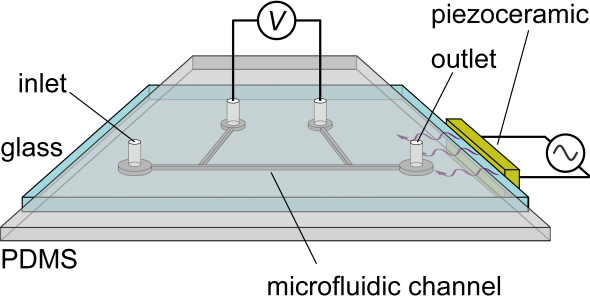-
About
- Kyoto Prize
-
Research Grants
-
Social Contributions
- Events
- News
This website uses cookies to improve the user experience. If you continue on this website, you will provide your consent to our use of cookies.
About
Research Grants
Social Contributions

Assistant Professor, Natural Science Division, Faculty of Core Research, Ochanomizu University *Profile is at the time of the award.
2024Inamori Research GrantsScience & Engineering
In this study, the subject of which is interdisciplinary between fields of microfluidics and spintronics, I will take on the challenge of having an acoustic-vibration method, used in microfluidics for pumping, mixing and so on, incorporated into spintronics as a method to manipulate vorticity dynamics. I would like to do my very best to achieve my research objective hoping to give the fruits of it back to society.
Spin hydrodynamic generation (SHDG) is a method used to generate spin currents in minute flow of liquid metal via the angular-momentum interconversion between electron spin and fluid vorticity. In this study, it was aimed to generate this phenomenon dynamically and to make it manipulatable via the vorticity dynamics. Microfluidic devices were fabricated using glass, PDMS, SU-8, used as a permanent resist, and so on. In these devices, piezoceramics were used for the generation of acoustic vibration to control the vorticity dynamics. Experimental results show the propagation of the acoustic vibration in the devices was insufficient to generate the vorticity dynamics. Thus, the SHDG signal could not be measured in the experimental setup of this study. As a future prospect, surface acoustic wave will be used to induce the acoustic vibration in the microfluidic devices explicitly.

Science & Engineering
